What’s in Bloom? November Garden Report
By Thea Hegland
The Dahlia Border breaks hearts when the time comes to remove it for the season. Sadly, the Dahlias often still look so beautiful. This year, it was November the 1st when they were removed and they were still absolutely stunning. Often, visitors ask, why must we do this when the beauty of the display is so outstanding? It is all about the timing of the weather. Not only do Dahlia tubers require some light frost to start the enzymatic journey into dormancy before they are dug up for the winter, it also has to be done before a hard frost comes and damages the tubers. A hard-cold frost is tragic to the Dahlias, the leaves turn black from the hard frost, and it can be a little too late to save the tubers for next year. This can literally happen overnight, so we must carefully monitor the forecast and temperatures before we make a move to lay our beautiful Dahlia Border to rest for another year. Bittersweet, but this was a good day for me personally; as the in house floral designer, I was able to pick Dahlias to my heart’s content and make some gorgeous bouquets of Dahlias for the Dining Room!
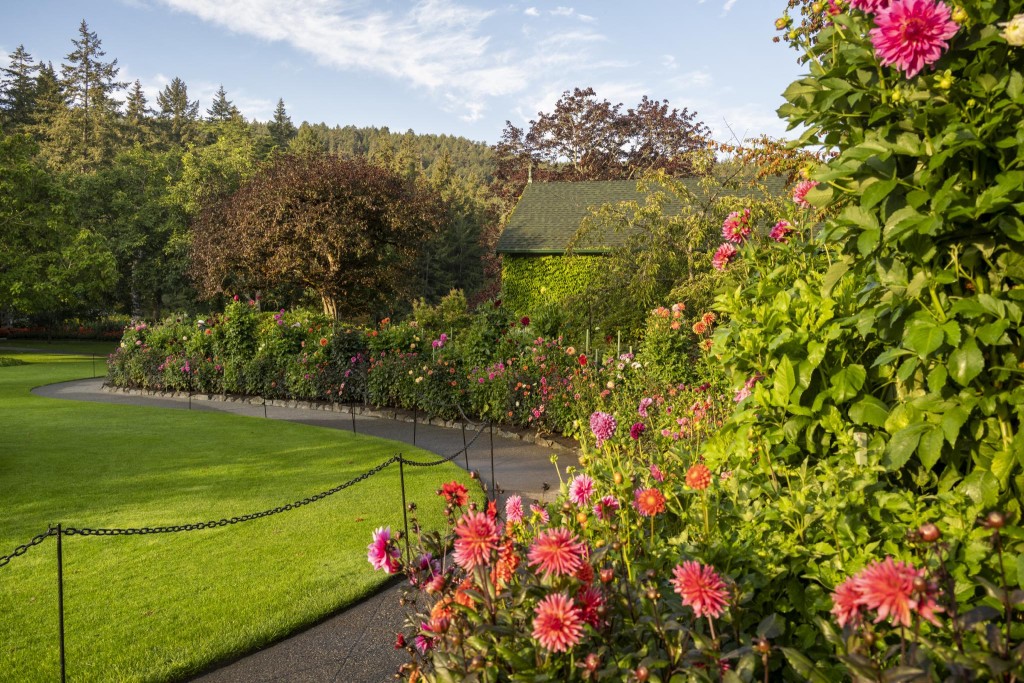 The Dahlia Border in autumn
The Dahlia Border in autumn
Looking back on October, it was indeed phenomenal; a much different early fall than one we have come to expect here on the west coast. The weather was unseasonably warm, thus extending the beauty of our summer displays. A seemingly never-ending summer, which of course was a huge contributor to our extended show of flowers. The classic fall parade of colours as the deciduous leaves evolve was and is beautiful, but the intensity of colour is a little subdued. On the other hand, the unusual weather delivered other rewards rarely seen. Some of more unique shrubs and plantings in the Mediterranean Garden were able to reach heights unseen after such a long stretch of warmth and sunshine. Many of the plantings in this garden are sub-tropical and honestly, quite often do not reach the stage of beauty they reached this year.
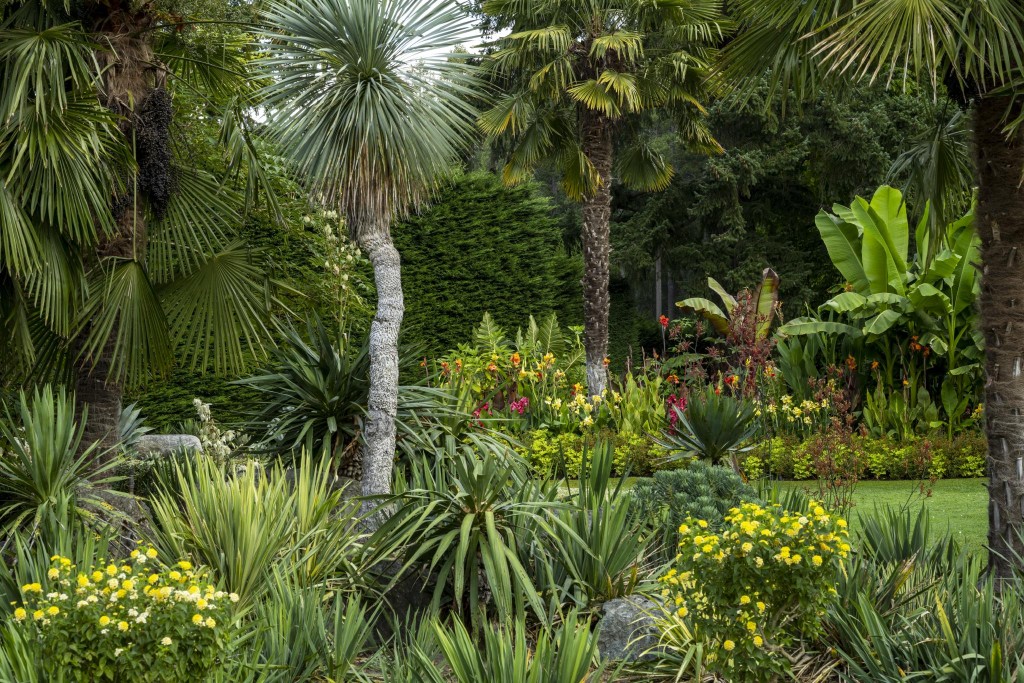 Unique shrubs and plants in the Mediterranean Garden
Unique shrubs and plants in the Mediterranean Garden
Now that the weather has become cooler, the autumn palette has gotten richer and I suspect at its peak, but it may not last long as rain and wind are forecasted in the coming days. Some noteworthy trees include our extensive collection of Japanese maples, Nyssa, Liquidambar and Acer griseum (Snake bark maple).
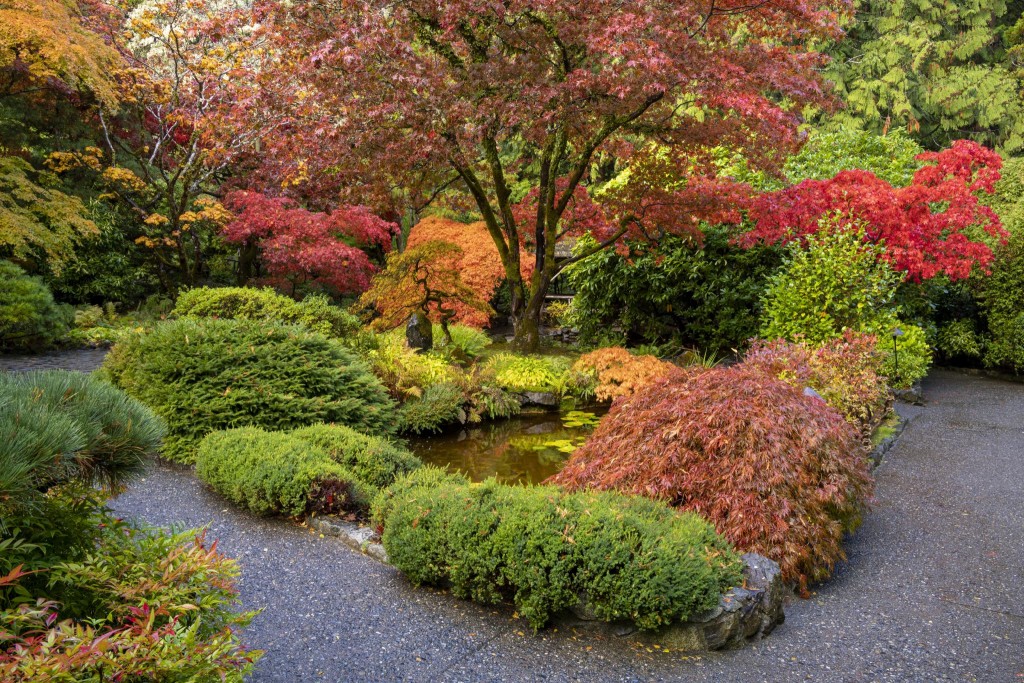 The Japanese Garden is the ideal place to experience the Japanese maples in fall
The Japanese Garden is the ideal place to experience the Japanese maples in fall
November is a very busy month in terms of work that must get done in the garden. A visit during this month offers our guests a very great opportunity to observe our team of talented gardeners prepare The Gardens for a long winter slumber. Each crew methodically checks off a long list of tasks. Tender shrubs and plants are dug up and returned to our greenhouses for the winter, the biennial plantings for spring and over 300,000 spring bulbs must be planted before it gets too cold, perennials are cut back and the long tedious process of ‘Rose Plucking’ begins.
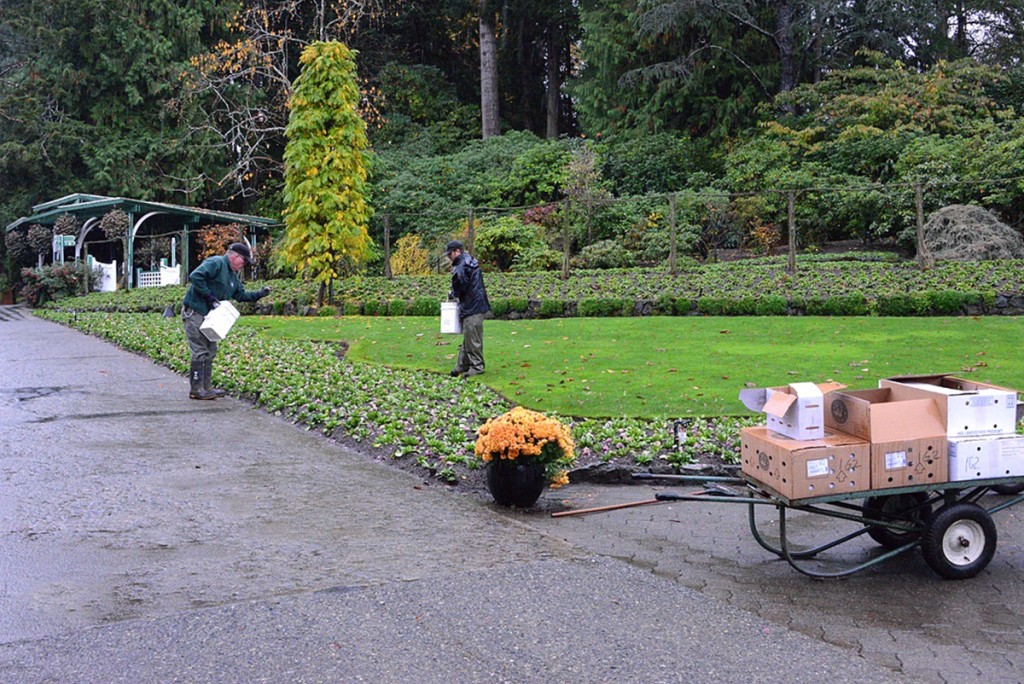 Gardeners planting spring bulbs
Gardeners planting spring bulbs
Now, it is the other little things that begin to pique our interest. Attractive pendant fruit dangling like jewels from the Davidia tree on The Top Walk and the pretty flowers on the hardy Fuchsia shrubs are early November standouts; Abelia shrubs with graceful arching branches laden with pink flowers and Hydrangea flower heads are just beautiful as the cooler weather intensifies the rich colours. The berried jewels of autumn capture attention; Callicarpa with tiny bead like purple berries, Clerondendron trichotomum with striking bright blue berries and pinkish -red calyces and the curious Euonymus europaeus (Spindle tree) with spherical, 4 -lobed, clustered red fruit surrounding orange seeds.
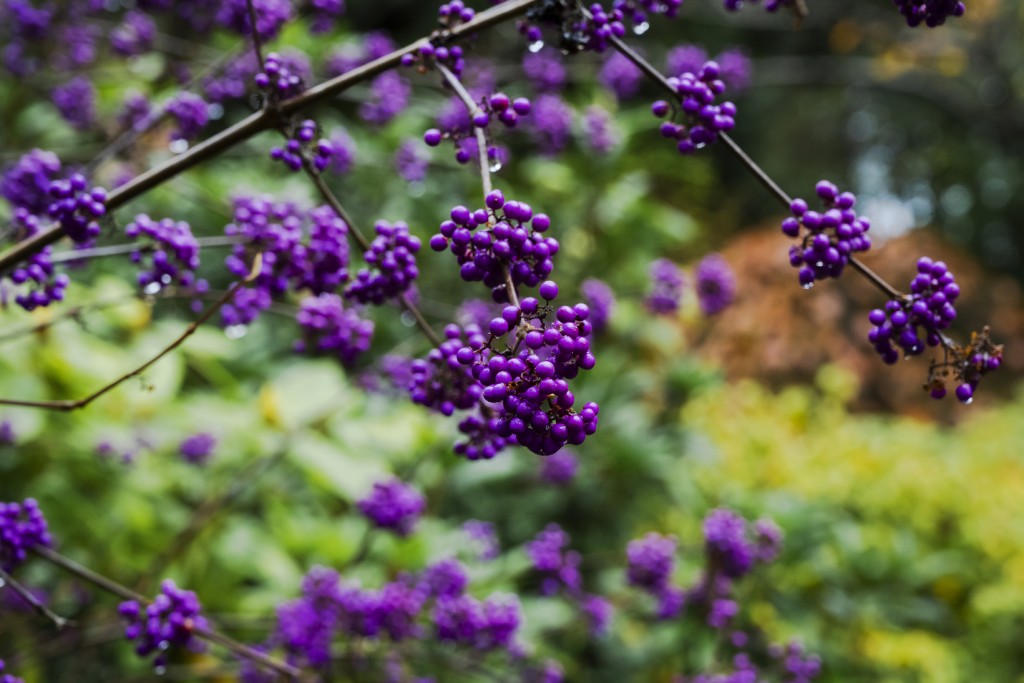 Callicarpa
Callicarpa
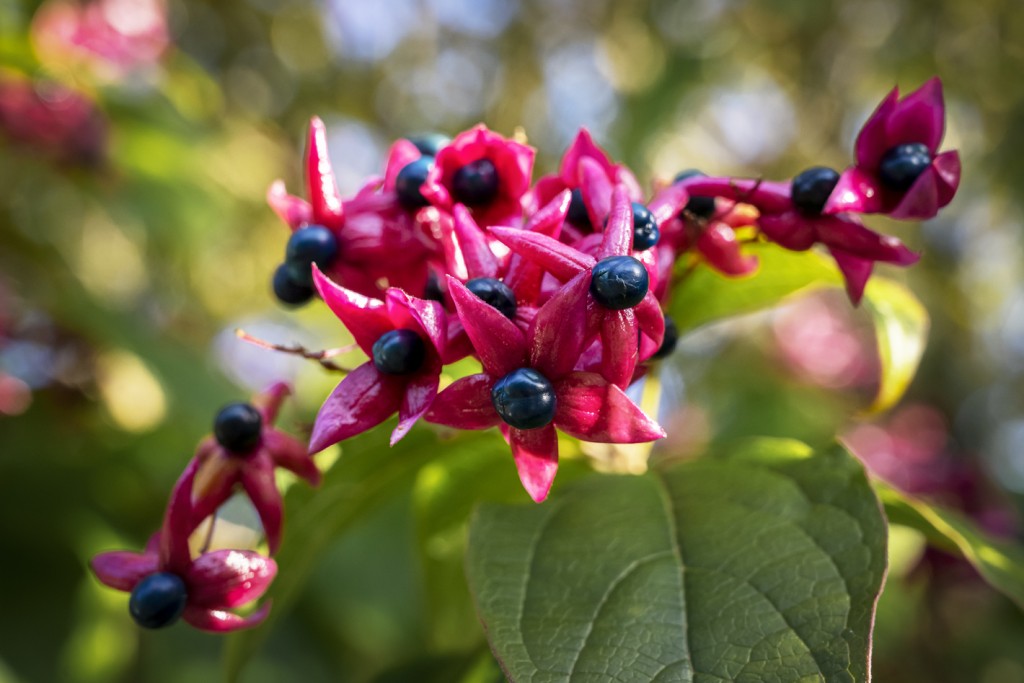 Clerondendron trichotomum
Clerondendron trichotomum
A great walk amongst the towering trees in the November garden will not be forgotten. Enjoy!
Plants, trees, and shrubs that are currently blooming
- Abelia
- Acer (Japanese maple)
- Aucuba japonica (Spotted laurel)
- Bellis (English daisy)
- Callicarpa (Beautyberry)
- Catalpa (Indian bean tree)
- Clerodendrum trichotomum (Glory bower)
- Cornus controversa ‘Variegata’ (Dogwood)
- Cotoneaster
- Cyclamen coum
- Davidia (Dove tree)
- Euonymus europaeus (Spindle tree)
- Fuchsia
- Heptacodium (Seven – son flower)
- Hydrangea
- Ilex
- Ophiopogon planiscapus (Black mondo grass)
- Pansy
- Parthenocissus tricuspidata (Boston ivy)
- Parrotia (Ironwood)
- Pennisetum setaceum (Purple fountain grass)
- Polyanthus (Primula)
- Pyracantha
- Sedum (Stonecrop)
- Skimmia japonica
- Viola

